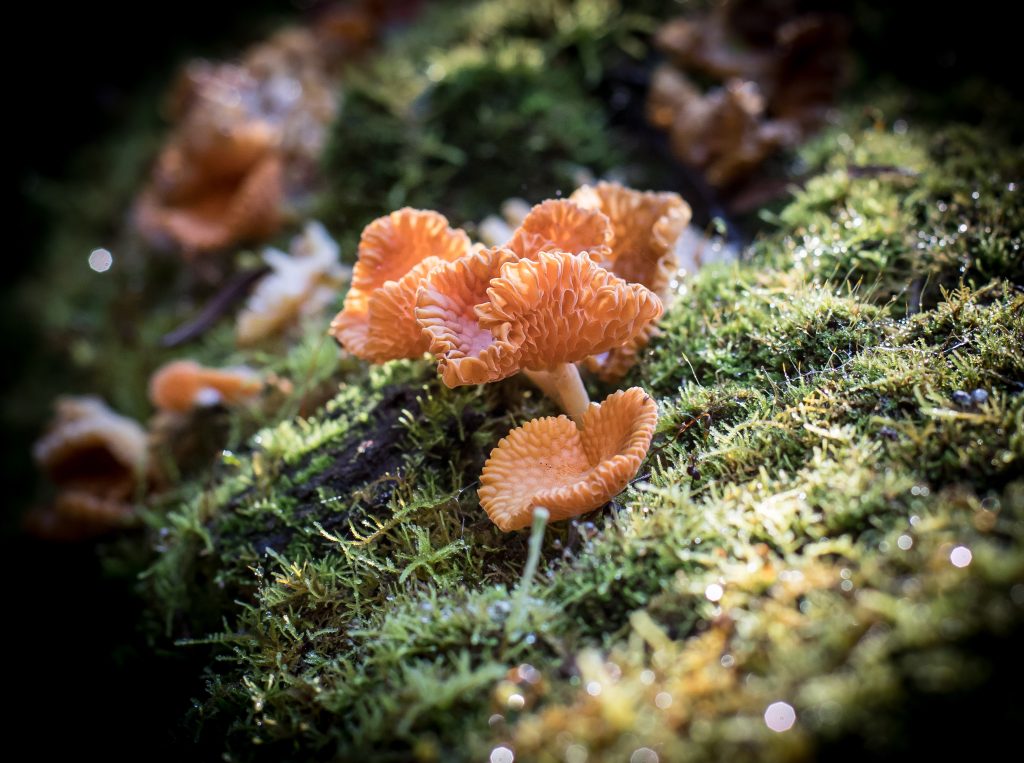Djeran is here!
Otherwise known as ant season or the season of adulthood, Djeran season heralds the end of the really hot weather. And as of yesterday evening, you can really feel that it’s arrived, with a lovely cool change finally being felt across much of Nyungar boodja after some seriously hot and humid weather.
A key indicator of the change of season is that the nights are cooler and there’s generally an early morning dew. As the season progresses the nights will become cooler and damper, along with some cool and rainy days. The winds have also changed, especially in their intensity, with light breezes generally swinging from the south-east to south-west.
Many flying ants can often be seen cruising around in the light winds at this time in the cucle. The previous season’s young have reached maturity and most have either left their parents or are getting ready to. This is why it is also often referred to as the ‘ant season’ or ‘the season of adulthood’.
Djeran is a time of red flowers, including the red flowering gum (Corymbia ficifolia) on the south coast, as well as the smaller and more petite flowers of the summer flame (Beaufortia aestiva) in the north of Nyungar Country. You may also notice the red ‘rust’ and seed cones forming on the male and female sheoaks (Allocasuarina fraseriana), called condil. Banksias are starting to display their beautiful flowers too.
Traditionally, foods at this time of year included the seeds (bayu) that had been collected and stored for treatment from the zamia (djiriji) last season along with the root bulbs of the yanget (rushes), bardi grubs, fresh water fish, kooyar (frogs), yakaarn (turtles) and quenda (southern brown bandicoot). Mia-mias (houses or shelters) were repaired and reinforced at this time of year also, to make sure they were waterproofed and facing in the right direction in readiness for the cold and wet weather to come.






